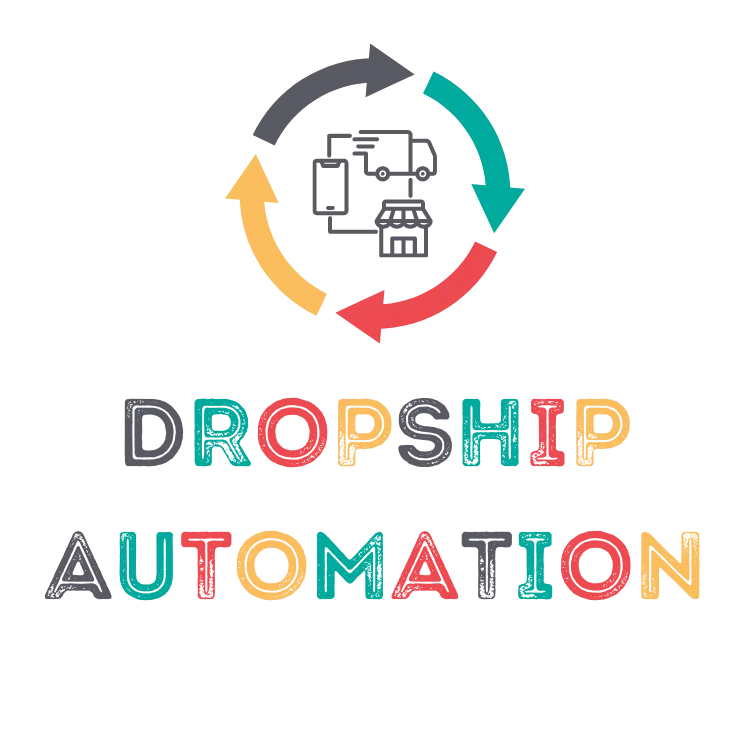Precision in Power & Communication: The Role of Switches & Transmitters in Automation

Category: Switch, Transmitter
In the world of modern industrial automation, reliable control and accurate data transfer are essential for smooth and efficient operations. From initiating system commands with precision to transmitting critical information across vast industrial networks, switches and transmitters form a vital backbone for seamless machine-to-machine communication and operational reliability.
Switches: The Control Gateways
A switch may look simple, but in automation, it’s the decision-maker—determining when a circuit is activated or deactivated. Industrial-grade switches are engineered to handle high voltages, heavy loads, and millions of cycles without failure.
From push-button switches that start conveyor belts to limit switches that detect mechanical movement, these components ensure operations start, stop, or change at exactly the right moment. Modern intelligent switches can even integrate with PLCs, providing diagnostic feedback and predictive alerts.
💡 Tech Insight: In automated assembly lines, high-speed limit switches can detect product position within milliseconds, allowing robotic arms to respond instantly.
Transmitters: The Messengers of Automation
If switches are the hands that act, transmitters are the voices that communicate. They convert signals from sensors or control units into standardized outputs—such as 4–20 mA current loops or digital protocols—ensuring that data travels accurately and consistently to monitoring systems or controllers.
Whether it’s a pressure transmitter in a chemical plant or a temperature transmitter in a food processing unit, these devices guarantee that process variables are reported in real time, enabling precise adjustments and quality control.
🔍 Real Example: An oil refinery improved operational safety by 30% after upgrading to wireless transmitters that monitored pipeline pressure from remote and hazardous locations.
The Synergy Between Switches & Transmitters
When used together, switches initiate or stop mechanical or electrical actions, while transmitters relay critical information to the control system. This combination creates a responsive, intelligent network where every command and every reading contributes to optimized performance.
In fields such as energy production, pharmaceuticals, and heavy manufacturing, the pairing of reliable switches and accurate transmitters ensures production continuity, equipment safety, and data-driven decision-making.
📈 Bonus Benefit: Advanced automation systems can link switch actions directly to transmitter feedback—allowing for automated, condition-based adjustments without human intervention.
Final Thoughts
Switches bring precision control, while transmitters deliver precise communication. Together, they empower industrial automation systems to run not just effectively, but intelligently—balancing hands-on action with data-driven oversight.
By investing in both technologies, businesses can build automation infrastructures that are fast, reliable, and ready to adapt to the evolving demands of modern industry.
📞 Call: +1 (234) 288 1755
📧 Email: sales@dropshipautomation.com
- Vibnix Blog
- Politics
- News
- Liberia News
- Entertainment
- Technology
- EĞİTİM BİLGİLERİ
- Art
- Causes
- Crafts
- Dance
- Drinks
- Film
- Fitness
- Food
- Oyunlar
- Gardening
- Health
- Home
- Literature
- Music
- Networking
- Other
- Party
- Religion
- Shopping
- Sports
- Theater
- Wellness



